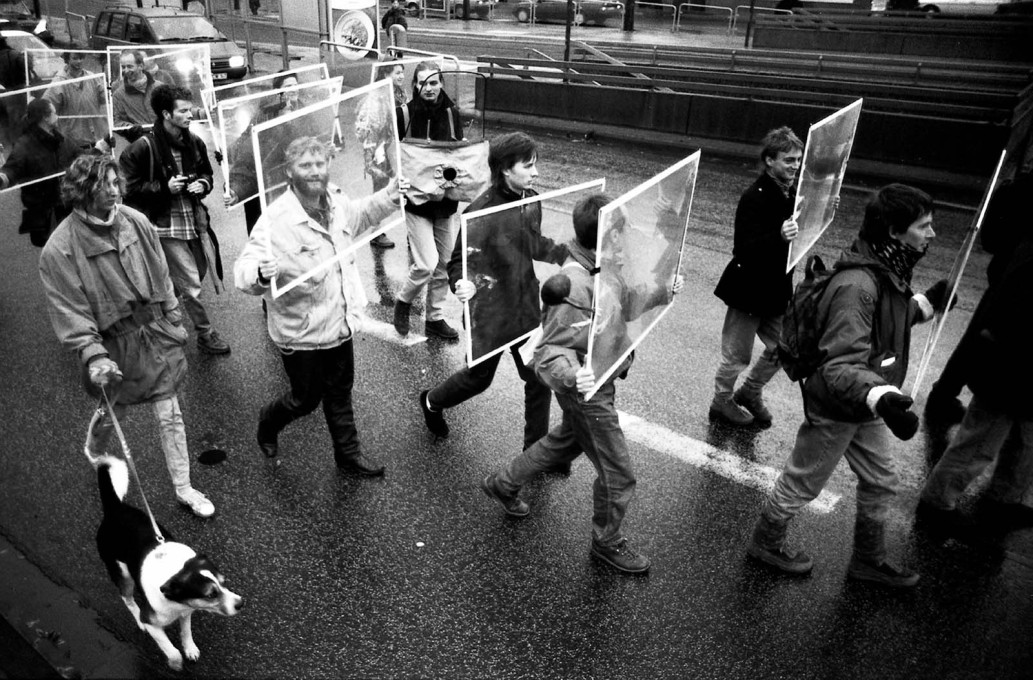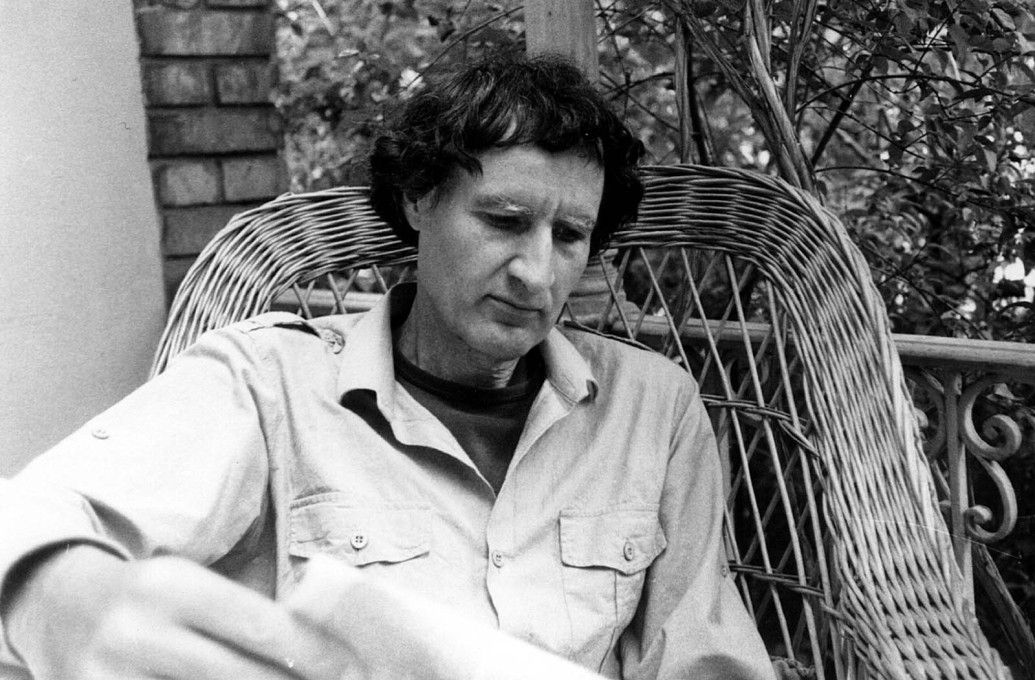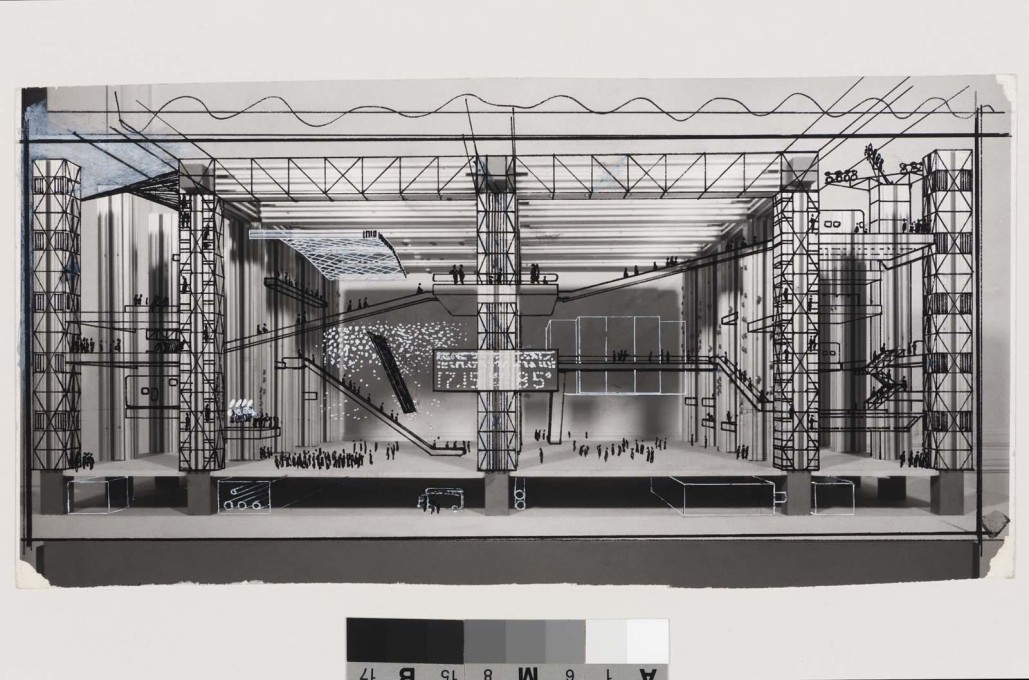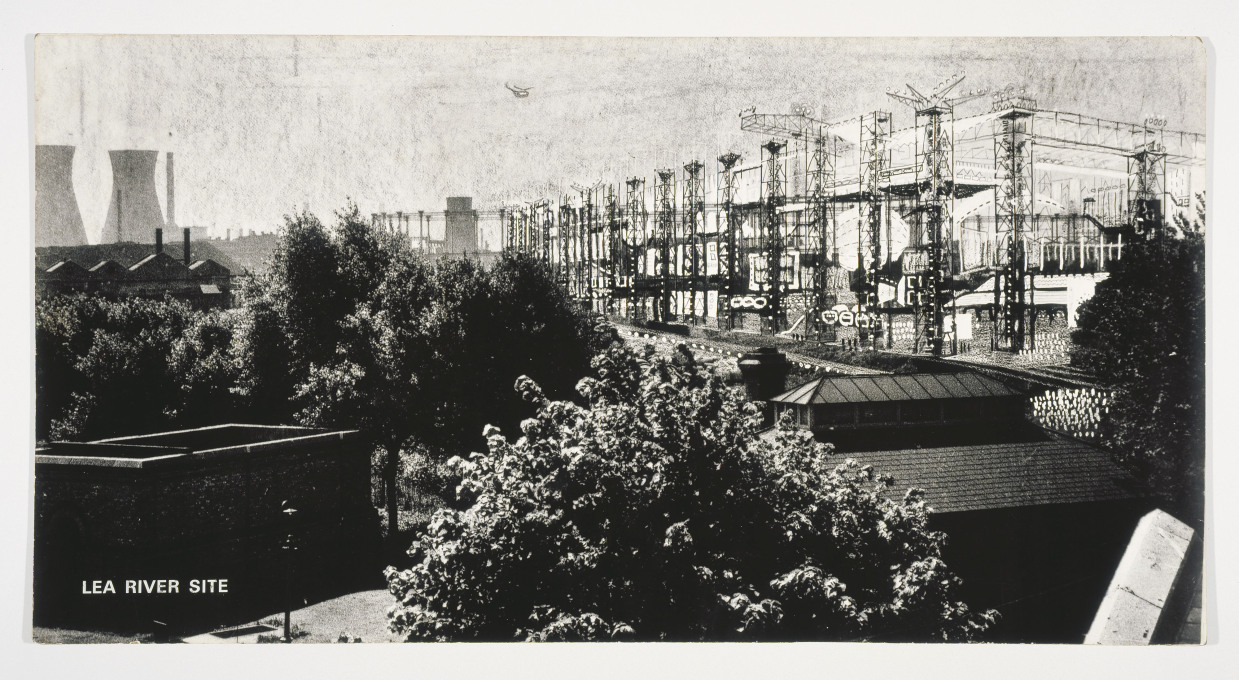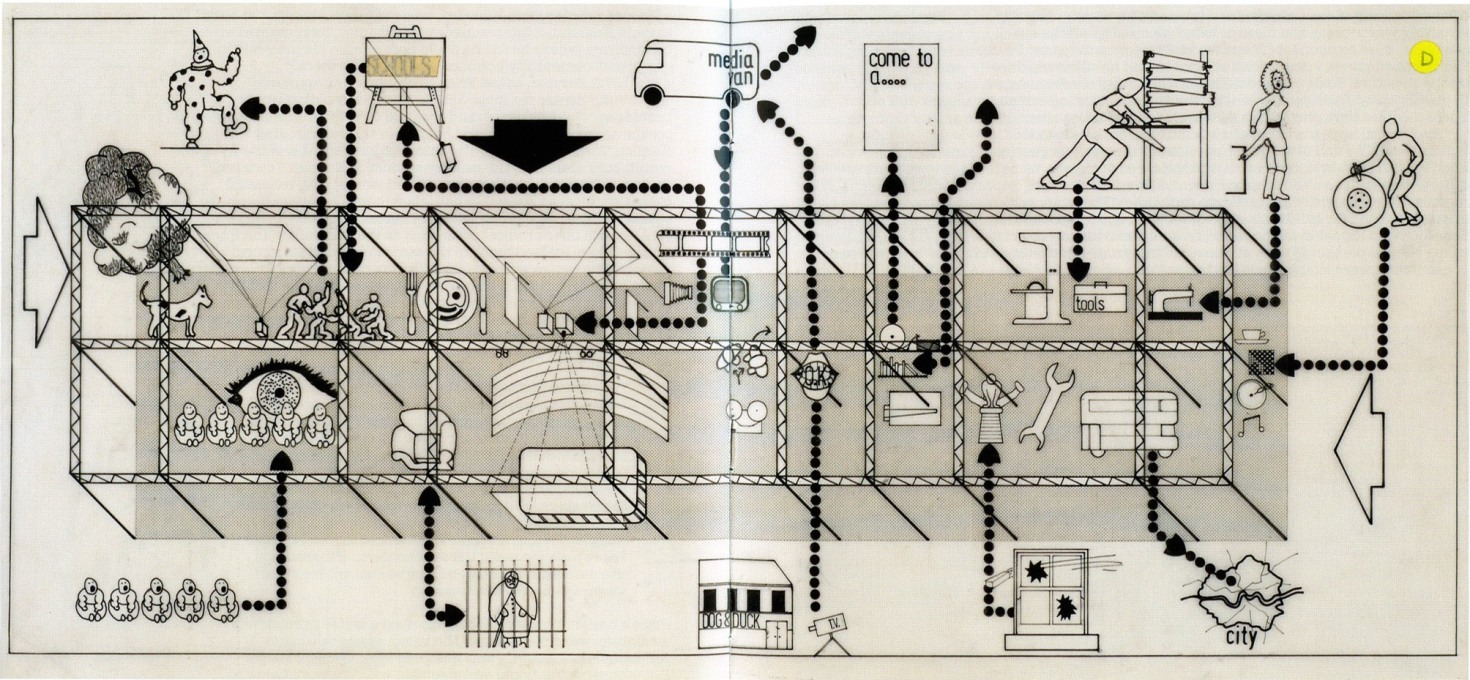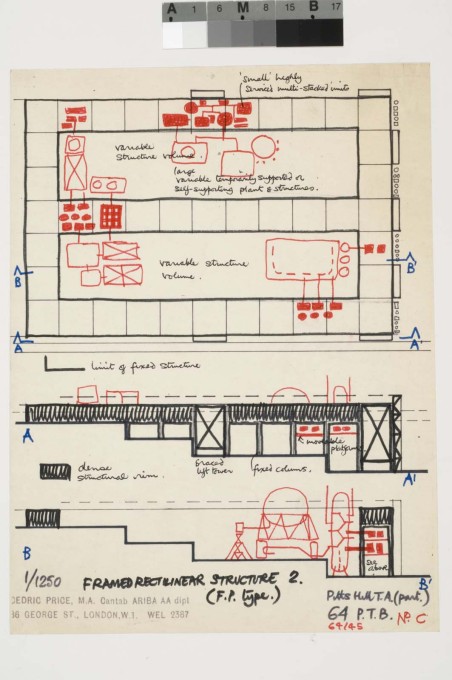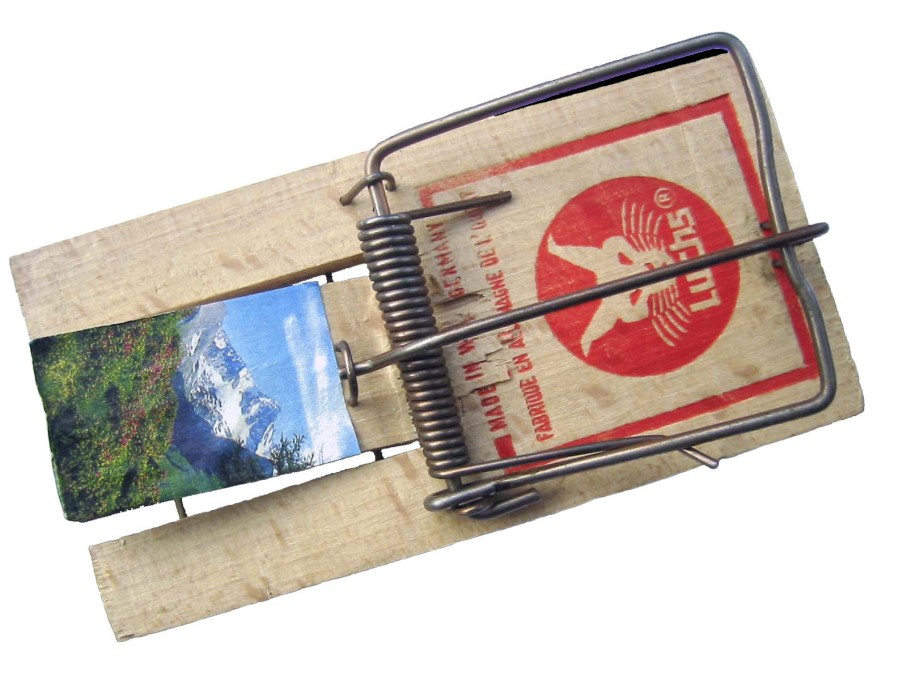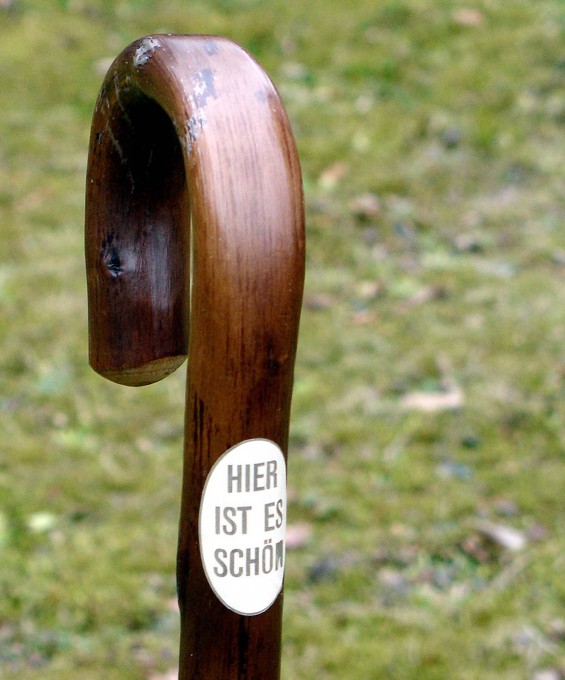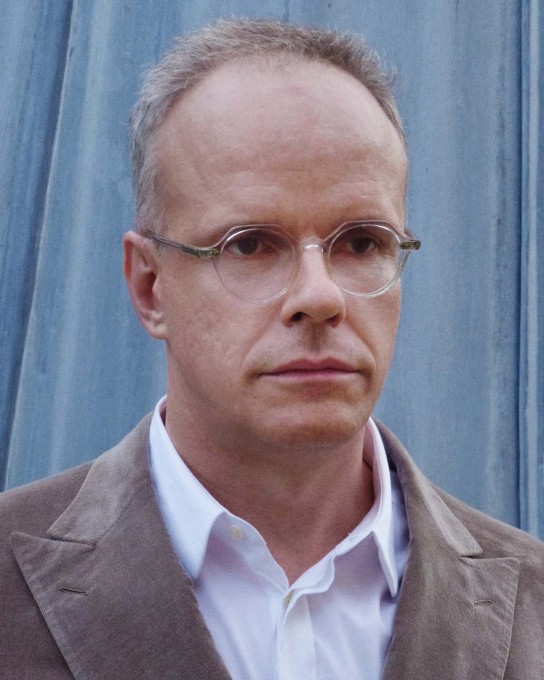As curator of the Swiss Pavilion at this year’s Venice Architecture Biennale, Hans Ulrich Obrist decided to make his focus on two people who’ve influenced the field of architecture mainly through their ideas rather than their buildings: British architect, engineer and inventor Cedric Price, celebrated for his unbuilt “Fun Palace”; and Swiss theorist and urban planner Lucius Burckhardt, famous for inventing the science of “strollology”. Fittingly, the exhibition is called “A Stroll Through the Fun Palace”, and Obrist talked to Stephan Becker about how focussing on the work of Price and Burckhardt is way to talk about the present.
Why Cedric Price, why Lucius Burckhardt?
Rem Koolhaas’ guiding idea for this year’s Biennale was to highlight relevant moments in the history of 20th-century architecture. Both Price and Burckhardt’s work offers incredible amounts of reference points for the present – as is reflected in the sheer number of architects and artists currently engaging with their work. But there’s also a personal interest too: I had an ongoing dialogue and correspondence with both Price and Burckhardt over many years. There are many parallels between them and I’ve long wanted to do a show relating them to each other. The Swiss Pavilion at the Biennale seemed the perfect opportunity.
What are the parallels?
Firstly in their working method and overall position. Drawing and writing played an important role for both of them. They were both very close to art, did actions and happenings and made links between very different fields of practice. The social dimension of architecture and urbanism was very important to them both, as well as the question of time, through which architecture and the city can change and adapt. In this sense, both were interested in a form of sustainability that has become important again today and for which we can use their work as a toolkit.
But of course there were also major differences. Price was more interested in technological questions, his projects were often machines, whereas Burckhardt was sceptical towards technology. But we want to talk about these differences, too – after all, these two positions are related also through architectural history. Or to quote Price: “If technology is the answer, what was the question?”
So what can we expect in the Swiss Pavilion?
The pavilion will keep changing over the course of the Biennale, we will be bringing over large sections of the Price and Burckhardt archives that have not been much explored to date. Above all, however, focussing attention on these two figures is an opportunity for a discussion about the present, for which we have invited architects like Herzog & de Meuron and artists like Dominique Gonzalez-Foerster, Philippe Parreno, Tino Sehgal, Dan Graham and Liam Gillick. The pavilion will become an interdisciplinary contact zone. In the spirit of Cedric Price’s Fun Palace, no two days in the pavilion will be alike.
The pavilion as both archive and venue?
Exactly, it’s about making the work visible and organising a summit of questions. Herzog & de Meuron, who are curating the Burckhardt section with me, are designing an architecture that can do both, functioning as a memory bank but also as a place for debate.
How close will the ties to Switzerland be?
It’s very important to me that Lucius Burckhardt, as a Swiss figure, is at the centre of the exhibition: when I first began engaging with architecture at the end of the 1980s, I met Herzog & de Meuron and they told me about their two most important teachers: Aldo Rossi and Lucius Burckhardt. In Venice, I hope it will be possible to show the scale of Burckhardt’s influence on Herzog & de Meuron.
But the pavilion will also be a post-national zone. Burckhardt’s story is closely linked to Switzerland, but not exclusively. After completing his doctorate, he went straight to Germany, succeeding Julius Posener as chairman of the Deutscher Werkbund and, as a professor in Kassel, developing “strollology”, the science of going for a walk.
Did you go for a walk with him?
Yes, once several of us met up on the Wilhelmshöhe in Kassel and Burckhardt had brought a stick for each of us that bore the words: “It’s beautiful here”. A radical perspectivism, then: when you plant the stick in the grass, then it’s beautiful right here. Then we slowly made our way back into town, to the railway station, and from there to the airport, where I had to check in the walking stick because it was too pointed. In this way, we incidentally learned a great deal about “the socio-economy of urban systems”, as his chair in Kassel was originally called.
The local, especially the Swiss, was very important to him, although he always also aimed to cross borders via a change of perspective. As in his “Trip to Tahiti”: a walk at a former military training facility where he told participants to imagine themselves in the South Pacific. This approach of questioning things that can supposedly be taken for granted is something we want to bring to Venice.
– Interview conducted by Stephan Becker, Baunetz.




